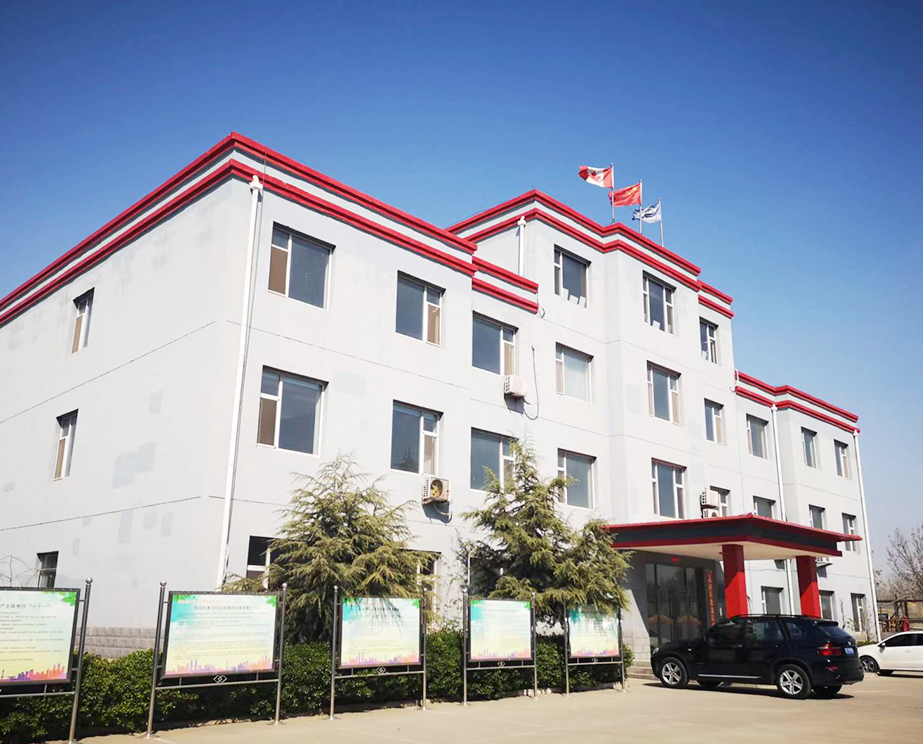- Afrikaans
- Albanian
- Amharic
- Arabic
- Armenian
- Azerbaijani
- Basque
- Belarusian
- Bengali
- Bosnian
- Bulgarian
- Catalan
- Cebuano
- Corsican
- Croatian
- Czech
- Danish
- Dutch
- English
- Esperanto
- Estonian
- Finnish
- French
- Frisian
- Galician
- Georgian
- German
- Greek
- Gujarati
- Haitian Creole
- hausa
- hawaiian
- Hebrew
- Hindi
- Miao
- Hungarian
- Icelandic
- igbo
- Indonesian
- irish
- Italian
- Japanese
- Javanese
- Kannada
- kazakh
- Khmer
- Rwandese
- Korean
- Kurdish
- Kyrgyz
- Lao
- Latin
- Latvian
- Lithuanian
- Luxembourgish
- Macedonian
- Malgashi
- Malay
- Malayalam
- Maltese
- Maori
- Marathi
- Mongolian
- Myanmar
- Nepali
- Norwegian
- Norwegian
- Occitan
- Pashto
- Persian
- Polish
- Portuguese
- Punjabi
- Romanian
- Russian
- Samoan
- Scottish Gaelic
- Serbian
- Sesotho
- Shona
- Sindhi
- Sinhala
- Slovak
- Slovenian
- Somali
- Spanish
- Sundanese
- Swahili
- Swedish
- Tagalog
- Tajik
- Tamil
- Tatar
- Telugu
- Thai
- Turkish
- Turkmen
- Ukrainian
- Urdu
- Uighur
- Uzbek
- Vietnamese
- Welsh
- Bantu
- Yiddish
- Yoruba
- Zulu
High-Quality Stainless Steel Couplings for Enhanced Durability and Performance in Various Applications
Understanding Stainless Steel Couplings A Focus on Types 304 and 316
Stainless steel couplings play a vital role in various industries, including plumbing, manufacturing, and chemical processing. These components are essential for connecting pipes, tubes, or hoses, ensuring a secure and leak-proof bond. Among the numerous types of stainless steel available, Types 304 and 316 are particularly popular due to their unique properties and versatility. In this article, we will explore these two stainless steel grades, compare their characteristics, and discuss their applications in coupling designs.
Stainless Steel Type 304
Type 304 stainless steel is one of the most widely used grades in the stainless steel family. It is known for its excellent corrosion resistance, high ductility, and good weldability. The typical composition of Type 304 includes 18% chromium and 8% nickel, which contribute to its strong anti-corrosion properties. Couplings made from Type 304 are commonly utilized in environments where they may be exposed to moisture and moderately corrosive substances.
One of the key advantages of using Type 304 stainless steel couplings is their ability to withstand varying temperatures. They perform well in both cryogenic and high-temperature applications, making them ideal for food processing, dairy, and pharmaceutical industries. Additionally, the aesthetic appeal of 304 stainless steel, with its shiny finish, makes it a popular choice for visible components in architectural applications.
Stainless Steel Type 316
While Type 304 is versatile and widely used, Type 316 stainless steel takes corrosion resistance to a higher level. It consists of 16% chromium, 10% nickel, and 2% molybdenum, which enhances its ability to resist pitting and crevice corrosion, particularly in chloride environments. This makes Type 316 the go-to material for marine applications, chemical processing plants, and other situations where exposure to salty or acidic environments is a concern.
stainless steel coupling 3 4

The durability and toughness of Type 316 stainless steel make it a preferred choice for applications requiring stringent hygiene and sanitation standards. Couplings made from Type 316 are often employed in sectors like food processing, pharmaceuticals, and water treatment facilities, where cleanliness is paramount.
Comparing 304 and 316 Stainless Steel Couplings
When choosing between Type 304 and Type 316 stainless steel couplings, various factors come into play, including environmental conditions, budget constraints, and specific project requirements. Type 304 couplings are generally more cost-effective, making them suitable for applications where corrosion resistance is important but does not require the heightened protections offered by Type 316.
On the other hand, for applications exposed to severe corrosive environments, the investment in Type 316 can be justified. The superior corrosion resistance extends the lifespan of the couplings and reduces maintenance costs over time. This makes Type 316 couplings a reliable choice for industries that prioritize durability and long-term service.
Conclusion
In conclusion, stainless steel couplings constructed from Types 304 and 316 offer distinct advantages tailored to specific applications. Understanding the differences between these two grades can help engineers, architects, and contractors make informed decisions when selecting the appropriate coupling for their needs. Whether it’s the cost-effectiveness and versatility of Type 304 or the enhanced corrosion resistance of Type 316, both options are integral to ensuring seamless operations in a wide range of industrial applications. Investing in the right stainless steel coupling is not just a matter of choice; it’s a commitment to quality and reliability in the longevity of infrastructure and machinery.
-
Tubing coupling plays a significant role in the chemical industryNewsApr.03,2025
-
The Importance of Tubing Crossover in Various Industrial FieldsNewsApr.03,2025
-
The characteristics and important role of Tubing Pup JointNewsApr.03,2025
-
Characteristics and functions of Pup jointNewsApr.03,2025
-
Characteristics and Functions of Pup Joint PipeNewsApr.03,2025
-
Application of Coupling Casing in Various ScenariosNewsApr.03,2025







